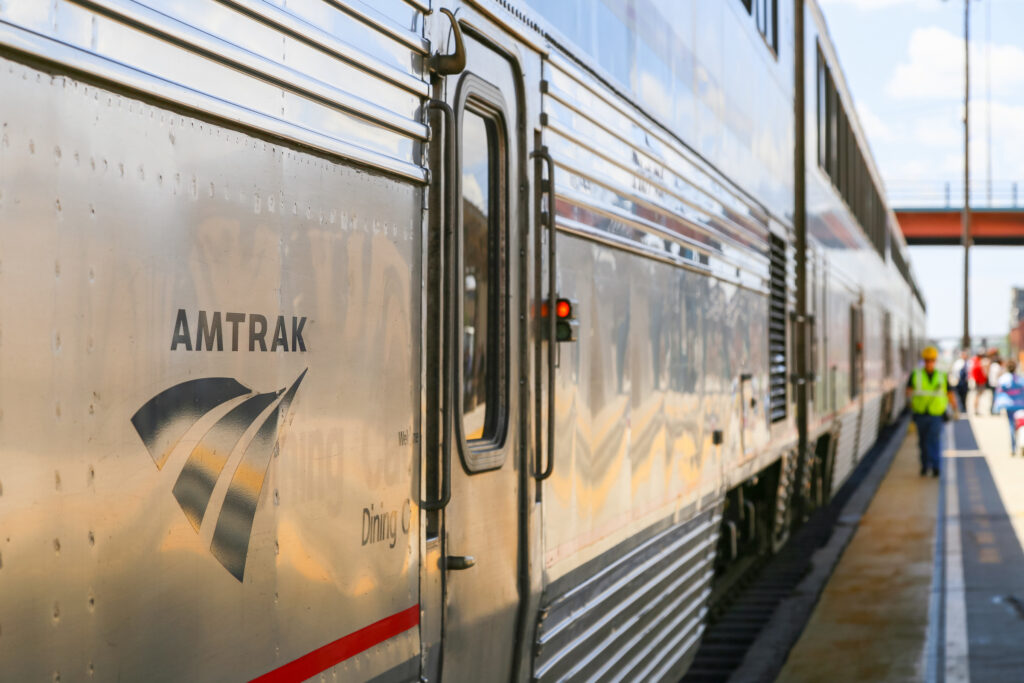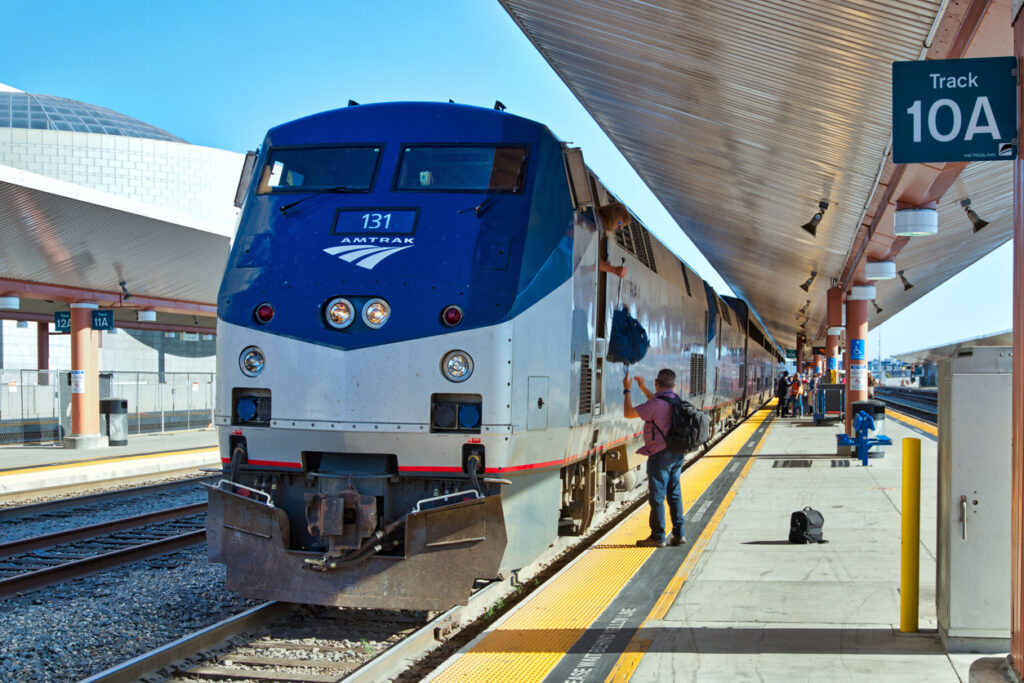
When someone gets injured, that person typically has an opportunity to get compensated by taking the responsible party to court. Amtrak’s forced arbitration clause could make litigation more difficult. Now more than ever, travelers may need help from experienced personal injury lawyers.
What Is Forced Arbitration?
Companies use forced arbitration clauses to prevent consumers, employees, and other people from filing lawsuits against them. In Amtrak’s case, you automatically agree to the company’s forced arbitration clause when you purchase your train ticket.
Consumer rights advocates have long argued that forced arbitration agreements take advantage of people. The agreements typically get hidden among lengthy passages that include confusing legalese. Amtrak provided an example of this by adding its 488-word arbitration clause about two-thirds of the way through the text of its 15,500-word Terms and Conditions.
The average person will never read such a lengthy agreement before purchasing a ticket. They just want to reach their destinations quickly and safely. They certainly don’t expect that they need a lawyer on hand to read dense clauses.
Companies like Amtrak know that consumers don’t have the time or expertise to read forced arbitration clauses buried inside the long text of Terms and Agreements.
The ACLU has been fighting forced arbitration for years. The organization has had some success, especially in the areas of workplace rights. Still, it remains common for large companies to use clauses that make it difficult for consumers to take them to court. Without a judgment from a jury, therefore, companies hope to avoid financial loss even when any rational person would say see the companies’ personal injury liability.
Why Amtrak Added a Forced Arbitration Clause to Its Terms and Conditions
It’s unlikely that Amtrak or any other corporation would admit why they decide to add forced arbitration clauses to their Terms and Conditions. The timing of Amtrak’s decision, however, says a lot about the company’s goal.
Amtrak updated its Terms and Conditions shortly after a 2015 derailment in Philadelphia that injured 238 people and killed eight people. The injured passengers and survivors of the deceased took Amtrak to court, where they won a settlement of $265 million.
Sometime after the settlement, Amtrak slipped the forced arbitration cause into its Terms and Conditions. The company didn’t make an announcement about the changes. In fact, few people knew about the clause until Politico broke the story in November 2019.
Referring to the 2015 derailment, Politico’s reporter wrote that “if such a crash happened today, the victims would not be able to sue.” Now when travelers purchase their tickets, they must agree, wittingly or not, to wavie their right to a lawsuit before a judge or jury.
An Amtrak spokesperson says that the company added the clause to “resolve customer claims more efficiently.” Unfortunately, Amtrak’s idea of efficiency means that injured parties never have the opportunity to state their cases in court.
Amtrak’s Focus on Forced Arbitration Likely Means Less Safety on the Rails
Amtrak seems more interested in protecting its business than the commuters who use its travel service. The company, which receives billions of dollars from the federal government, could focus on improving safety by improving railways and updating technology.

Instead, the company paid lawyers to write a dense clause that forces travelers to enter an agreement they don’t even know about.
Over the years, Amtrak’s safety problems have become more apparent because of high-profile collisions and derailments.
In 2016, an Amtrak train traveling at nearly 100 mph hit a backhoe on the track. The incident killed two workers and injured 39 people. A federal investigation found numerous lapses in safety.
In 2017, an Amtrak moving at 80 mph attempted to move along a curve with a 30-mph speed limit. The train derailed, killing three people and injuring dozens of travels.
Two incidents happened in 2018. In January, a train collided with a garbage truck and killed the truck’s driver. In February, an Amtrak train hit a CSX freight train in South Carolina. Two employees were killed.
Without Litigation, Amtrak Users and Employees Have Little Recourse
Despite injury and death, none of the people affected by these incidents were able to have their day in court. The arbitration agreement makes litigation nearly impossible.
Typically, personal injury suits head to court, where a judge can review the events. In other cases, juries get to decide whether a company failed to follow safety standards and decides how much money injured parties can receive.
The people injured and killed in Amtrak incidents, however, never get those opportunities.
Luckily, some members of Congress say that they will look into the issue to see whether they need to update transportation laws. Congress could decide, for instance, that Amtrak cannot force travelers to agree to arbitration. A similar law guarantees air travelers the right to litigation.
Contact Bennett Injury Law If a Forced Arbitration Agreement Has Harmed You
Having an experienced personal injury lawyer on your side could help you get the compensation you deserve even if a company has forced you into an arbitration agreement.
Learn more about your options by contacting Bennett Injury if you believe you have been hurt or otherwise adversely affected by a forced arbitration agreement.
